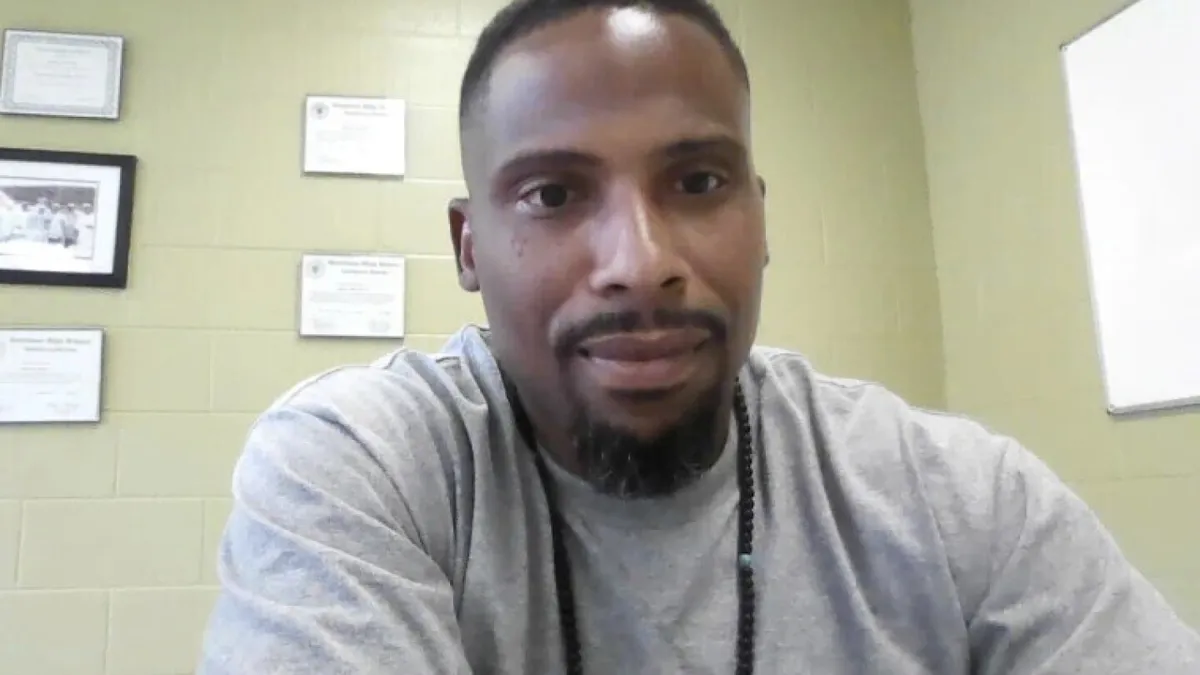
The U.S. Supreme Court has made a significant ruling, denying a last-minute attempt to block Louisiana's first execution using nitrogen gas. In a divided decision of 5-4, the court chose not to intervene just hours before the scheduled execution of Jessie Hoffman Jr. on Tuesday evening. Hoffman, 46, was convicted of the murder of Mary “Molly” Elliott, a 28-year-old advertising executive, in New Orleans—a crime he committed when he was only 18.
This execution marks a pivotal moment in Louisiana's history, as it is the state's first execution in 15 years. The method of execution chosen is nitrogen gas, which has only been used four times previously in the U.S., all in Alabama. This week, three additional executions by lethal injection are also set to occur in Arizona, Florida, and Oklahoma.
Hoffman's legal team has raised significant concerns regarding the nitrogen gas method, arguing that it violates the Eighth Amendment, which prohibits cruel and unusual punishment. They also claimed it infringed upon Hoffman's right to practice his religion, particularly his Buddhist practices involving breathing and meditation in the moments leading up to his death. Despite these arguments, Louisiana officials assert that the nitrogen gas method, which deprives the individual of oxygen, is painless.
Louisiana Attorney General Liz Murrill expressed confidence that at least four individuals on the state's death row would face execution this year, declaring that “justice will finally be served” through Hoffman's execution. The prolonged hiatus in executions was largely attributed to difficulties in obtaining lethal injection drugs, prompting state officials to seek alternative methods.
Following multiple court battles earlier this month, Hoffman's attorneys appealed to the U.S. Supreme Court in an effort to stop the execution. Notably, the Supreme Court had previously declined to intervene in the nation’s inaugural nitrogen hypoxia execution. This week, Hoffman's legal team filed several challenges in both state and federal courts. However, during a hearing on Tuesday morning, Judge Richard “Chip” Moore of the 19th Judicial District Court also declined to halt the execution, siding with state lawyers who argued that the religious claims had already been adjudicated by a federal judge.
Under Louisiana's execution protocol, which closely mirrors Alabama's procedures, Hoffman will be restrained on a gurney with a full-face respirator mask fitted securely. Pure nitrogen gas will then be pumped into the mask, compelling him to inhale it and depriving his body of the necessary oxygen. The gas will be administered for a minimum of 15 minutes or until his heart rate indicates a flatline on the EKG, whichever duration is longer. Witnesses to executions in Alabama have reported that inmates have exhibited involuntary movements, such as shaking and gasping, during the procedure—reactions attributed to oxygen deprivation.
Alabama was the first state to implement nitrogen hypoxia as a method of execution, doing so for the first time last year with Kenneth Eugene Smith. Currently, four states—Alabama, Louisiana, Mississippi, and Oklahoma—authorize execution by nitrogen hypoxia, as per records from the Death Penalty Information Center. Recently, Arkansas Governor Sarah Huckabee Sanders signed legislation permitting nitrogen gas executions, making Arkansas the fifth state to adopt this method, with 25 individuals currently on death row.
In recent decades, the frequency of executions in the United States has sharply declined, driven by ongoing legal challenges, a shortage of lethal injection drugs, and diminishing public support for capital punishment. As a result, many states have either abolished or temporarily paused the death penalty.
On Tuesday afternoon, a small group of execution opponents gathered outside the Angola prison in rural southeastern Louisiana, where state executions are conducted. Participants distributed prayer cards featuring a smiling photo of Hoffman and planned a Buddhist reading along with a “Meditation for Peace.”